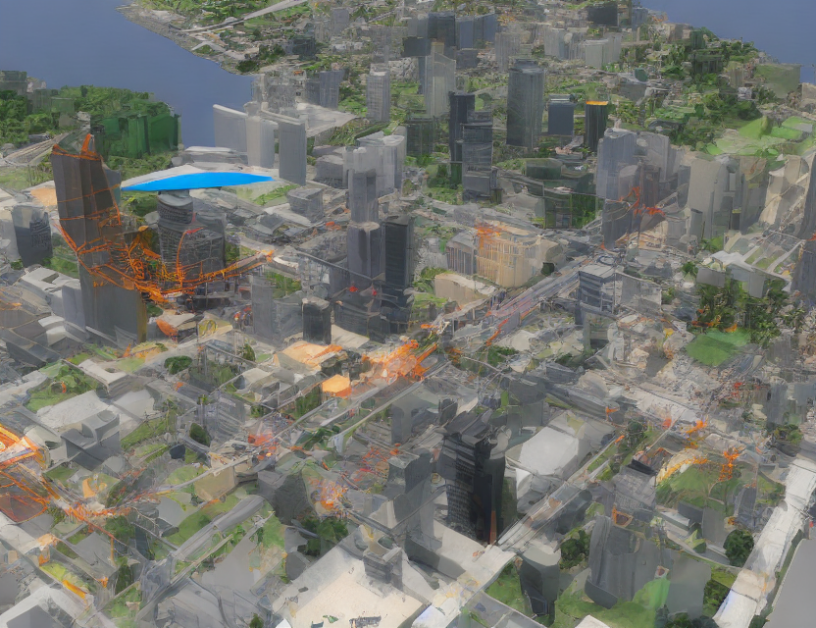In this paper, the authors propose a novel approach to object detection called TIDE (Time-Efficient Detection with Instance-Level Embeddings). Object detection is a crucial task in computer vision that involves locating and classifying objects within an image or video. However, current object detection methods are computationally expensive and require large amounts of training data to achieve high accuracy. TIDE addresses these limitations by introducing a multi-scale resizer to improve the model’s performance and reducing the impact of the target scale of instances.
The authors introduce TIDE as a solution to overcome the challenges in object detection, particularly in industrial settings where objects are highly variable and have different sizes, shapes, and orientations. The proposed approach is designed to be time-efficient while maintaining high accuracy. TIDE uses instance-level embeddings to extract semantic features from each instance, which enables the model to focus on the most relevant regions of the image.
To improve the performance of TIDE, the authors introduce a multi-scale resizer that scales the input image to multiple resolutions. This allows the model to capture both local and global contextual information, leading to improved object detection accuracy. Additionally, TIDE uses an attention mechanism to selectively focus on the most important regions of the image, reducing computational complexity and improving efficiency.
Experiments conducted on several benchmark datasets demonstrate the effectiveness of TIDE compared to existing object detection methods. The authors show that TIDE achieves state-of-the-art performance while being significantly faster than other approaches. They also provide ablation studies to analyze the contribution of different components in TIDE, providing insights into how the model works and identifying potential avenues for future improvement.
In summary, TIDE is an efficient and accurate object detection method that can be used in real-world applications such as industrial inspection, autonomous driving, and medical imaging. Its multi-scale resizer and attention mechanism enable it to capture both local and global contextual information, leading to improved performance compared to existing methods while reducing computational complexity.
Computer Science, Computer Vision and Pattern Recognition
Few-Shot Object Detection with Cross-Attention: A Comprehensive Review



